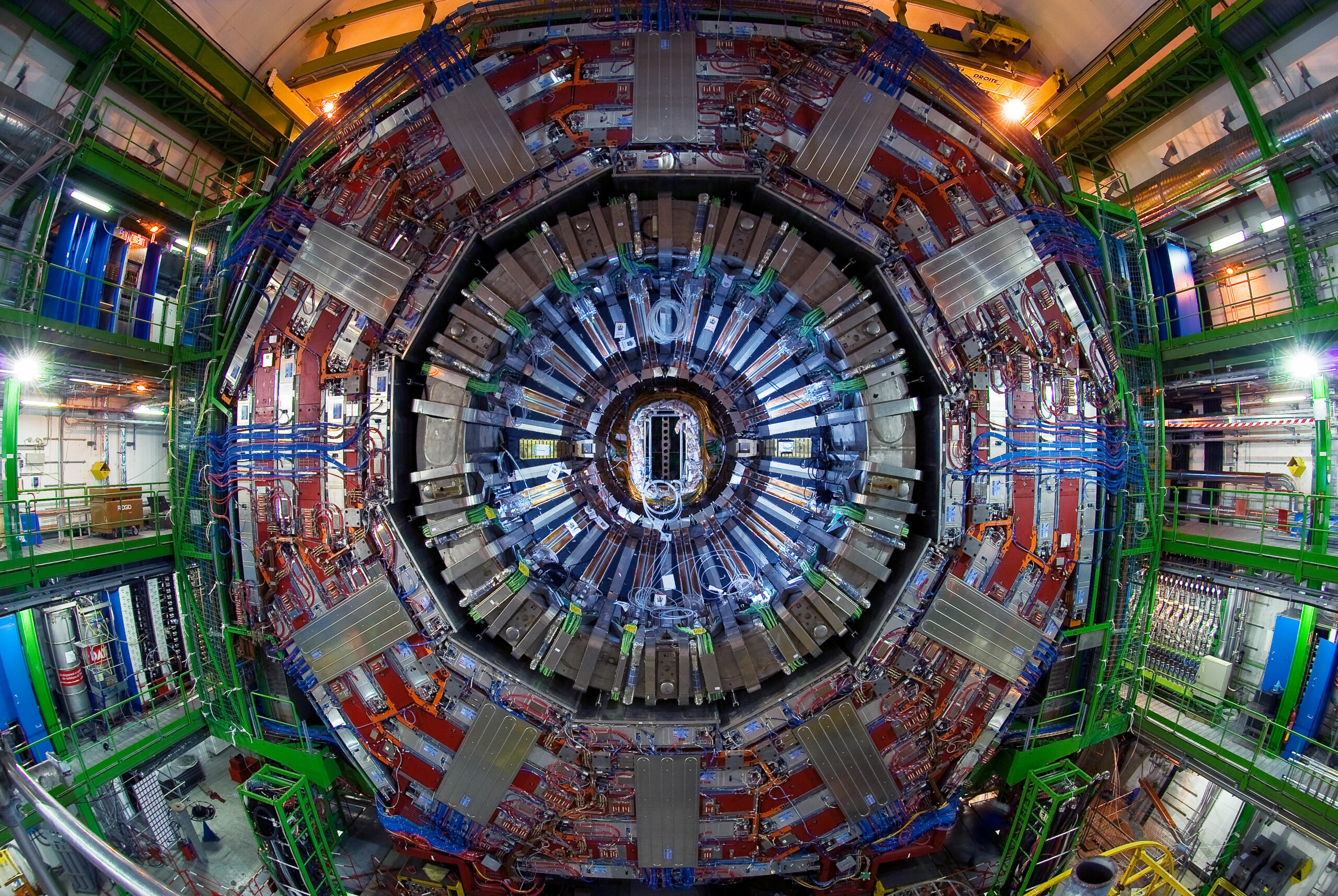Since its inception, the European Organization for Nuclear Research (CERN) has taken center stage in the realm of particle physics. This research facility, which houses the Large Hadron Collider (LHC), attracts global attention not only for its scientific advancements but also for the existential questions it raises. Among these inquiries, one stands out: Is CERN going to destroy the planet and the universe? This question, while typically shrouded in hyperbole and sensationalism, merits a careful examination.
Crucially, at the heart of CERN’s operations is the LHC, the world’s most powerful particle accelerator. This colossal machine propels protons to nearly the speed of light, facilitating collisions that produce a plethora of subatomic particles. The primary ambition of these collisions is to explore fundamental questions about the universe, such as the nature of mass, the origins of dark matter, and the potential existence of dimensions beyond our perceptual constraints.
To address the cataclysmic possibilities associated with CERN’s high-energy collisions, one must delve into the scientific underpinnings surrounding these experiments. Chief among these is the concern of black holes, which are often portrayed in apocalyptic scenarios propagated by the media and popular culture. A fundamental question arises: Could the LHC generate microscopic black holes that could spiral out of control and consume Earth?
While the theoretical frameworks of general relativity and quantum mechanics suggest that microscopic black holes could be produced in high-energy collisions, their existence remains purely speculative. The physics community largely converges on the consensus that such black holes, if they were even generated, would evaporate almost instantaneously due to Hawking radiation, a theoretical phenomenon described by physicist Stephen Hawking. Thus, the likelihood of a catastrophic event stemming from black holes born of particle collisions is exceedingly remote.
Moreover, there’s a compelling argument to be made regarding cosmic rays, which have been bombarding the Earth long before the construction of the LHC. These highly energetic particles originate from various cosmic sources, including supernovae and quasars, and collide with the Earth’s atmosphere, producing energies comparable to or exceeding those generated at CERN. If cosmic rays have not yielded global cataclysm, it follows logically that controlled experiments within a laboratory environment are unlikely to precipitate a similar fate.
Another prominent concern is that of strangelets. These hypothetical particles, composed of strange quarks alongside up and down quarks, could theoretically catalyze catastrophic isotropic phenomena. However, similar to black holes, the creation of strangelets within the LHC’s confines is not supported by empirical data. The vast majority of physicists assert that even if strangelets were produced, they would not pose a significant threat to matter as we understand it. In fact, the stability of the Earth’s environment and the universe’s existence over billions of years offers strong evidence against such occurrences.
There exists a palpable fascination with the dark and unknown, entwined with the panic surrounding the LHC. This fascination often romanticizes the notion of science fiction scenarios spilling into reality. Yet, it is essential to ground the discussion in empirical evidence rather than sensational speculation. The rigorous safety assessments and peer-reviewed literature presented by CERN scientists systematically dismantle the apocalyptic myths surrounding their experiments.
Additionally, one should consider the ethical dimension of scientific exploration. The excitement surrounding large-scale experiments is not merely derived from potential risks but rather from the profound knowledge we stand to gain. Each collision offers insights that could unearth the very fabric of our universe, addressing long-standing enigmas such as the nature of dark matter and energy. To abandon such endeavors based on hypothetical threats would be to stifle humanity’s quest for understanding.
Now, one might ponder the implications of halting such research due to unfounded fears. By electively refraining from probing the mysteries of particle physics, society might engender a milieu of ignorance and curtail innovation. The technological advancements born from high-energy physics research continue to influence fields such as medicine, data processing, and materials science. Once viewed through this lens, the benefits of research at CERN eclipse the trifling risks.
In conclusion, the narrative surrounding CERN’s potential to destroy the planet and the universe is woven more from threads of myth than from the fabric of scientific inquiry. While the questions posed by the LHC challenge our understanding of reality, they do not inherently imply existential threats. Through careful consideration of the scientific principles underpinning particle collisions, it becomes increasingly clear that the risks are managed with meticulous caution.
As humanity advances, it is vital to maintain a delicate balance between curiosity and caution. The pursuit of knowledge, particularly in areas as complex and abstract as particle physics, should not be stymied by fear. Rather, it should continue unabated, informed by evidence and a rigorous scientific process. Thus, while the playful question of whether CERN could lead to destruction might elicit a moment of trepidation, the reality is one of exploration and enlightenment, not annihilation.












